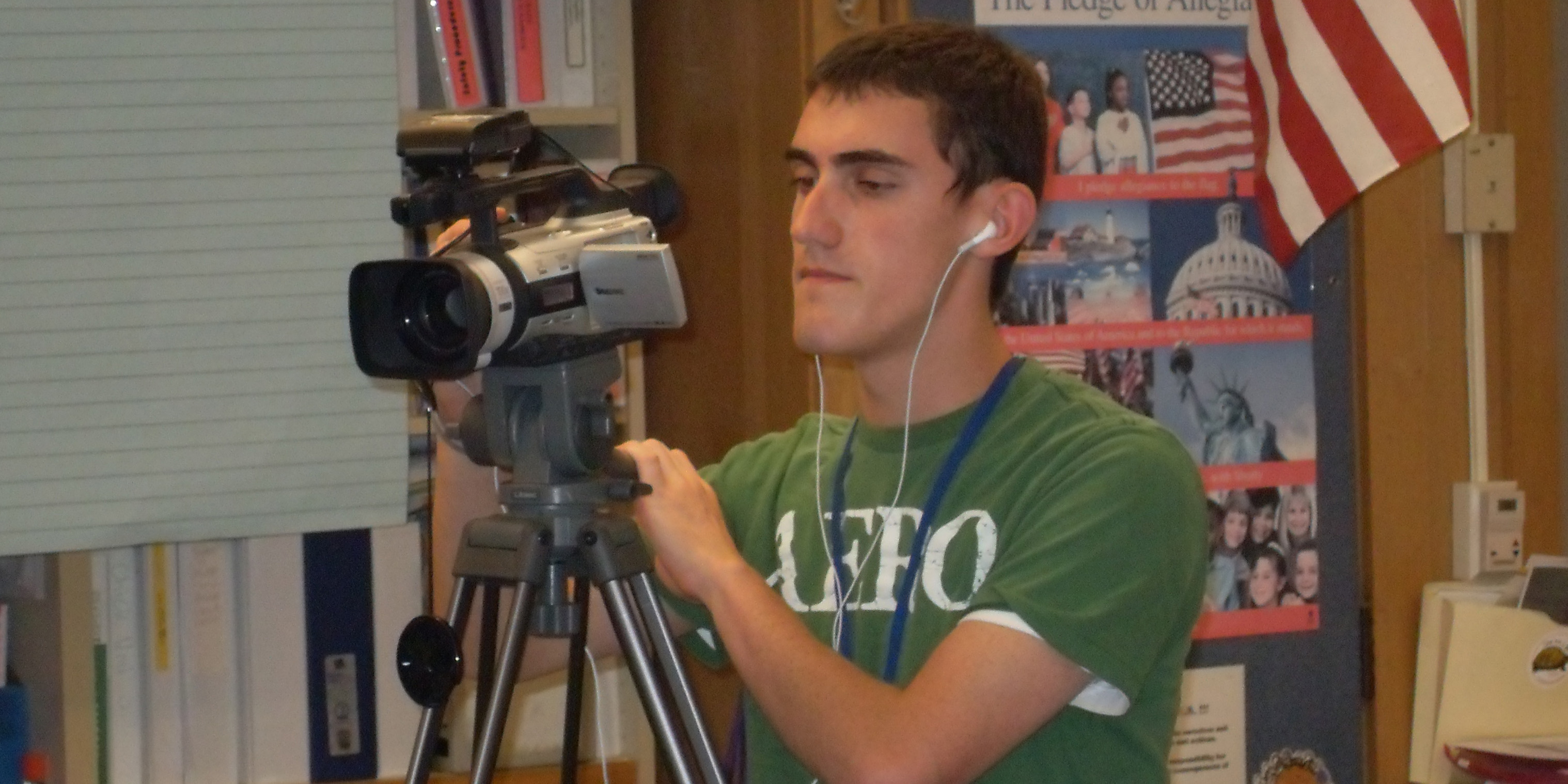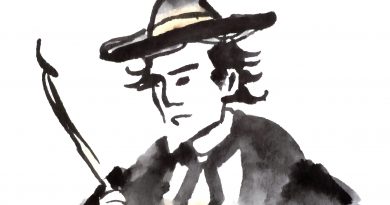Mini-lessons for advisers when news cycles are slow: Shooting tips part one – BRoll
 The student newsroom is quiet. Reporters working in groups have some down time. What should I have my students do to be productive?
The student newsroom is quiet. Reporters working in groups have some down time. What should I have my students do to be productive?
Last month I answered this question by creating a mini lesson to have your students engage in a brainstorming and planning session.
Now that you have some ideas, let’s practice our cinematography. Using our cameras to shoot video is a process and takes a lot of practice. In my opinion, the only way to truly become polished at this craft, is to practice. You simply cannot practice enough! The more you shoot, the better you will be.
So let’s move on to our second mini lesson in this series, and get to shooting tips part one – BRoll.
Objective
Students will practice a variety of shots by following the mantra “WIDE – MEDIUM – TIGHT. ” Students will then put those skills to use in a very practical and simple way.
Begin by having the students watch the following three videos.
SRL Tutorial Video: Episode 8 (B-roll)
Video 101: Shooting Good B-Roll
Shooting with the Rule of Thirds
You may find some repetitive information, but what I like about all of these videos, is that students will glean a variety of perspectives and opinions (look at all the spellings for BRoll) on what is important when shooting video.
Task
Now it’s time for your students to go out and practice on their own.
1. Using whatever camera recording device you have, select any subject or person, and record 10 seconds each for all three camera shots, practicing WIDE, MEDIUM and TIGHT distances. Go out in the hall, in the quad, in the room, down to the main office…it doesn’t matter. But try not just to record inanimate objects. Find something that moves or has some action.
- Motion = emotion!
- Make sure to record each shot for at least 10 seconds. This is a great habit to have your students obtain. How often do they record a good shot, but they moved the camera or stopped recording too quickly. I would guess often. So, practice, practice, practice.
2. Once your students have captured their footage, you can always have them go out and find a new subject and repeat the same recording process of WIDE, MEDIUM and TIGHT distances.
3. You could also have your students take these skills and go on a video scavenger hunt.
4. After your students have captured their shots and had a chance to review them for accuracy, SAVE this footage for a later mini lesson on editing. Store it to an external hard drive or a folder on their computer.
5. Finally, have them create a Google Doc to write down their reflections and lessons learned. Or better yet, have them blog about it on their online student portfolio.
Result
This is a task that can be done during any class period, at any time. I often have my students do this lesson when their shoot or event won’t occur for a few days. If they are able to go to the location of their actual shoot and practice these shots prior to their actual event, this is even better! They can do a location survey for natural sounds, light, and find the best locations to set up their camera. Talk about great preparation!
Future video mini-lessons
Be in the lookout for mini-lessons on capturing natural sound, planning for light, microphone techniques, practicing interviews, and editing footage.
Up next
Shooting tips, part 2





